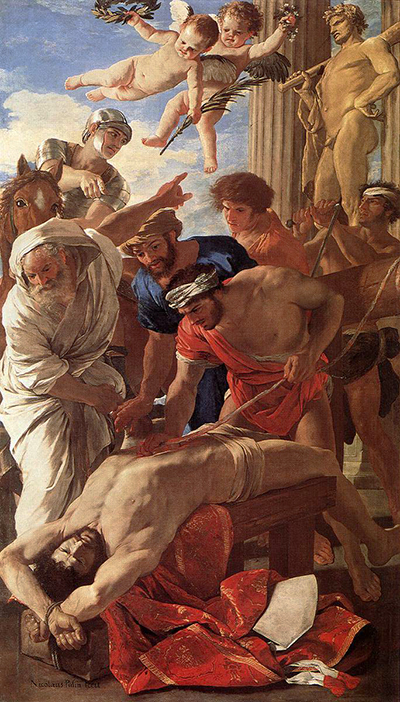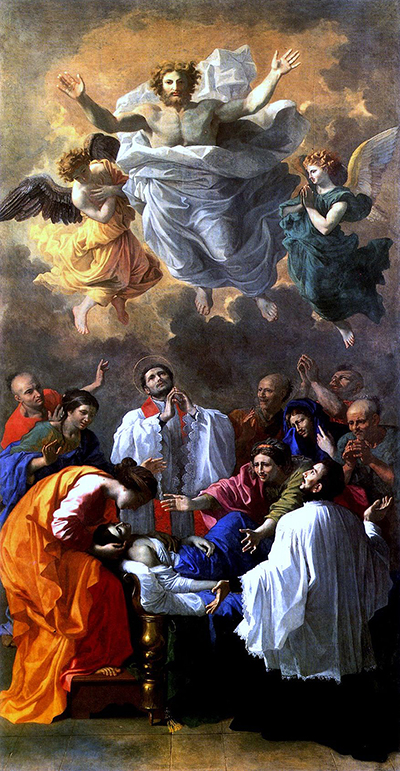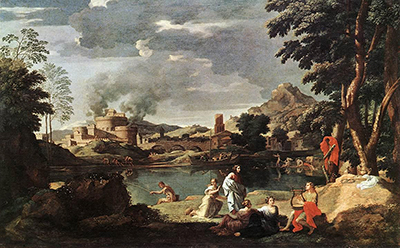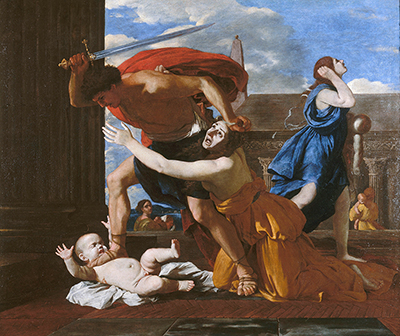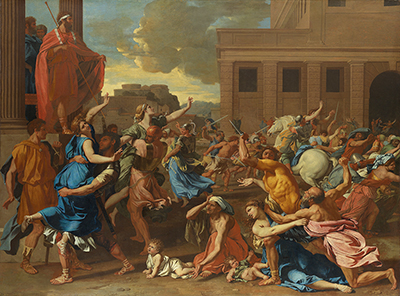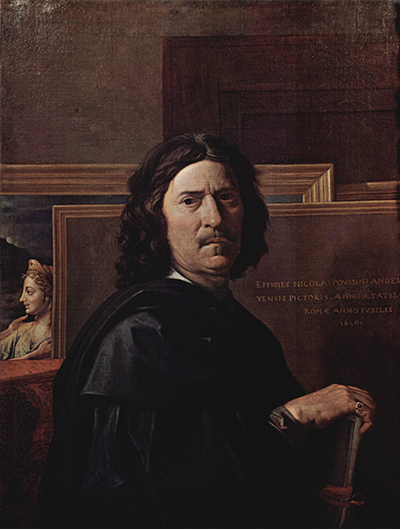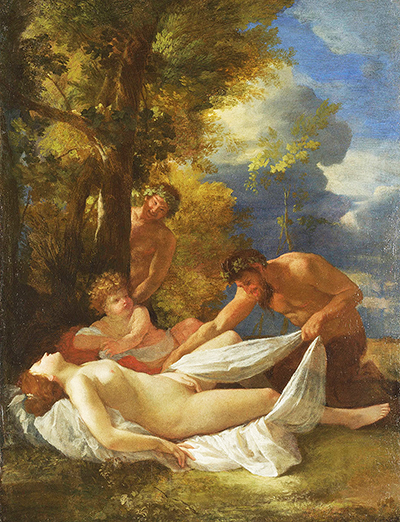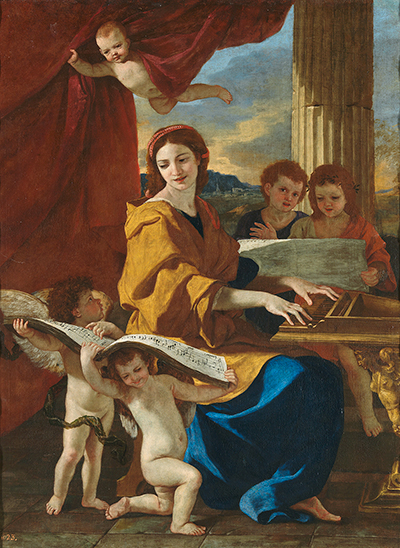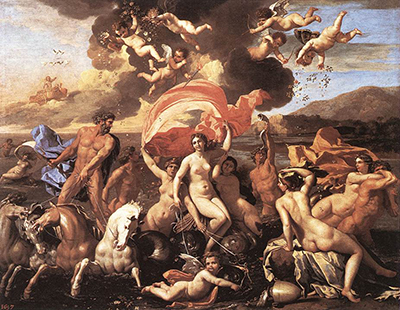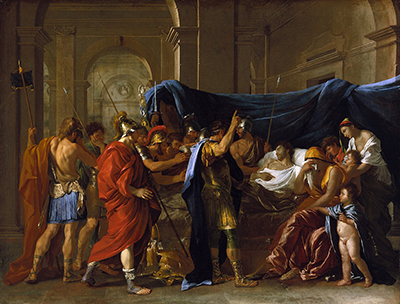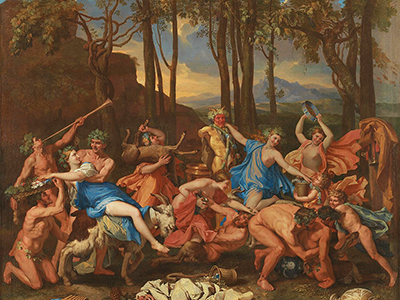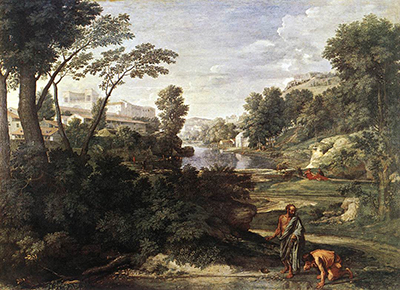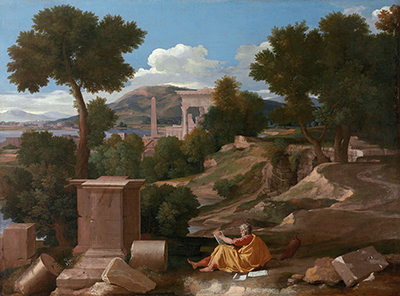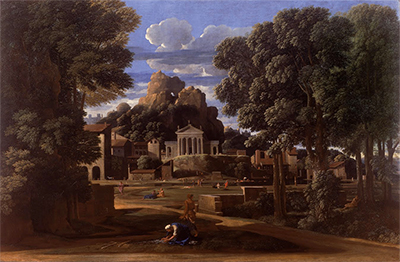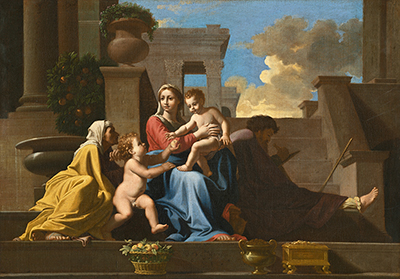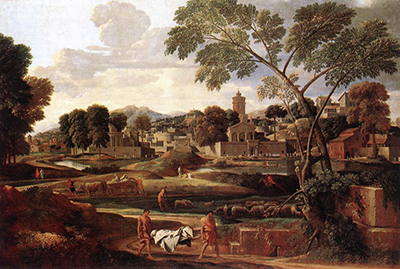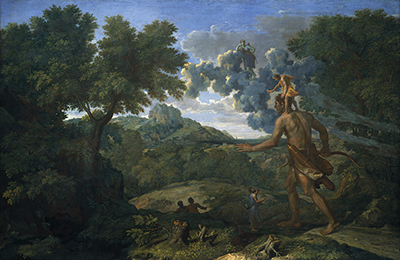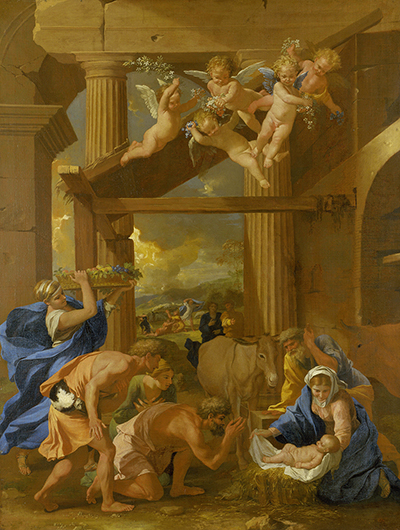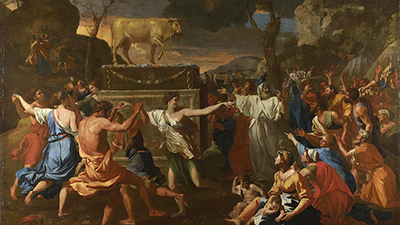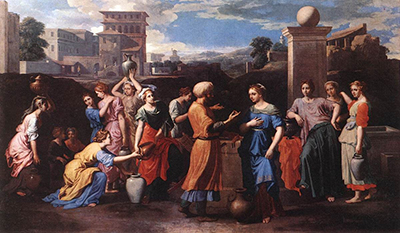Nicolas Poussin would spend much of his life in Rome, Italy but his paintings were very much in keeping with the classical French Baroque style that was common in the 17th century
The French contributions to the Baroque movement were out of sync with those from southern Europe or even the Flemish regions. The likes of Poussin would concentrate on well organised artwork with accurate depictions and a classicist style. The more common elements of the Baroque movement across Europe would encourage a concentration on colour and a greater creative freedom. Nicolas Poussin had a very unusual method of preparing for his paintings, taking a very different route to the usual formula of multiple study drawings. Instead he would make wax figures and place them within a box, representing loosely the composition of the painting. Academics have described him as a precise draughtsman rather than particularly technically skilled and the drawings that he did produce occurred more frequently in the early stages of his career.
Poussin's own style of painting would also change over time, moving from a warmer early style towards a later palette that was much cooler. The artist also preferred to capture classical scenes typical of the earlier Renaissance, when Baroque sculptor Gian Lorenzo Bernini and others connected to him were pursuing the Baroque approach. Intriguingly, his own artistic reputation remained much stronger than that if Bernini in the immediate period after their respective passing.
Nicolas Poussin concentrated particularly hard on the detail and accuracy of his depictions, placing a greater importance on that than his use of colour. Some would agree with this view, whilst others would prefer the colour palettes of artists like Peter Paul Rubens instead. The artist was highly respected for his landscape paintings, particularly some of his work in the Italian countryside. The term "Poussinesque" was even coined in order to label beautiful landscape scenes such as his. Whilst never being used as much as the likes of Caravaggism, this label further underlines the impact made by this obsessive, hard working Frenchman.
The French Revolution brought about very clear boundaries around what artistic styles were to be encouraged and which were not. Poussin's more down-to-earth depictions which lacked the excessive decorative flourishes common at that time would prove popular with other artists such as Jacques Louis David, who himself would speak fondly of his countryman's work. He was also admired by Ingres, who was specifically drawn to his landscape work. This alleged influence on artists that followed is backed up by clear connections between his style and some of their work, such as Brutus and Death of Marat by Jacques Louis David, for just one example.



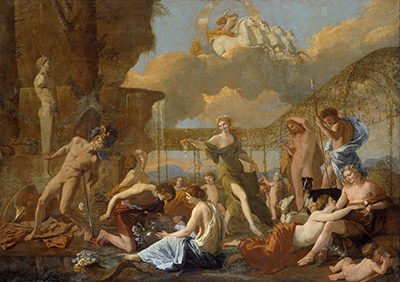
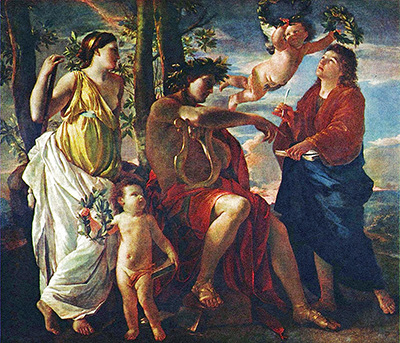
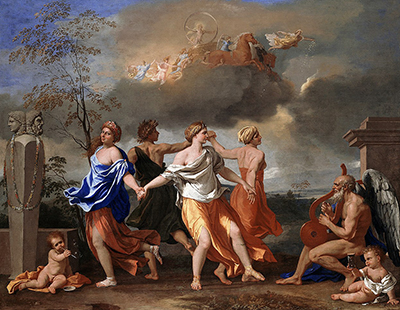
 Nicolas Poussin.jpg)
